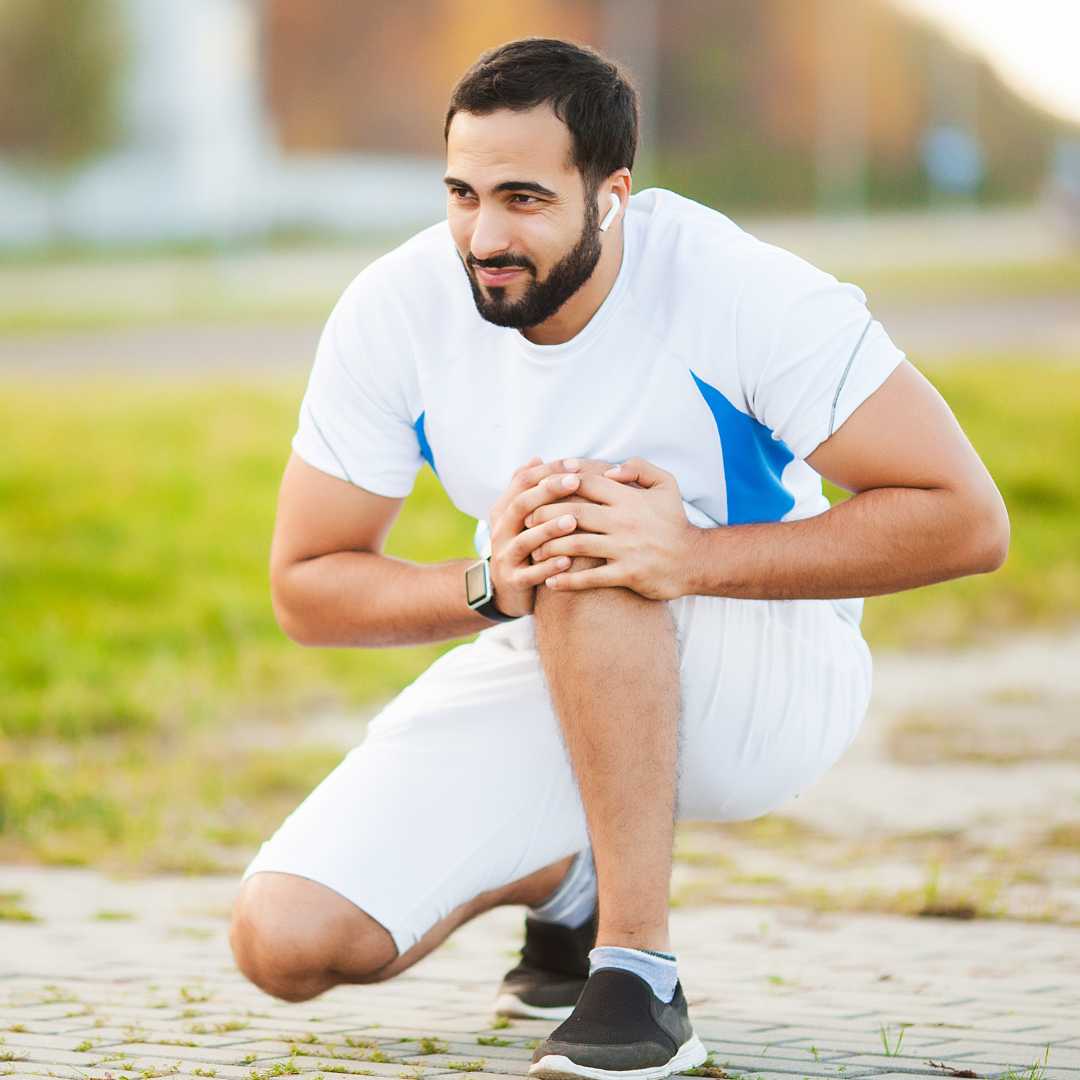Recover Smoothly from Rotator Cuff Surgery in Mexico

Rotator cuff surgery, a common procedure aimed at repairing torn tendons in the shoulder, can significantly improve quality of life for those suffering from pain and mobility issues. However, the journey to full recovery doesn’t end in the operating room. Proper post-operative care is crucial to ensure a smooth and effective healing process, especially in a diverse and vibrant healthcare landscape like Mexico's. This blog post will guide you through the essentials of post-operative care for Rotator Cuff Surgery in Mexico, offering insights and tips to navigate your recovery journey successfully.
About Rotator Cuff Surgery
Before diving into post-operative care, let’s briefly understand what rotator cuff surgery entails. The rotator cuff is a group of muscles and tendons that stabilize the shoulder and allow for a wide range of motion. Injury or wear and tear can lead to tears in these tendons, necessitating surgical intervention for repair. The surgery can be performed in several ways, including traditional open repair, less invasive arthroscopy, or a mini-open repair combining both techniques.
The First 24 Hours After Surgery
The initial 24 hours post-surgery are critical for a successful recovery. Patients are typically discharged with a set of instructions from their healthcare provider, which may include:
- Pain Management: Pain and discomfort are common but manageable with prescribed medications. It’s crucial to follow your doctor’s instructions regarding dosage and frequency to keep pain in check without risking overmedication.
- Wound Care: Keeping the surgical site clean and dry is essential to prevent infection. Instructions on how to care for your wound, when to change dressings, and signs of infection should be closely followed.
- Immobilization: Your arm will likely be in a sling to keep your shoulder stable. It’s important to wear it as directed to protect the repair.
Navigating the Healthcare System in Mexico
Mexico’s healthcare system offers high-quality services, often at a fraction of the cost compared to the United States and Canada. However, navigating the system may present challenges, particularly for foreigners. Here are some tips to ensure a smooth experience:
- Understanding Public vs. Private Care: Mexico has both public and private healthcare facilities. For post-operative care, especially for those who had surgery as medical tourists, private healthcare is often the go-to option for its higher standard of service and shorter waiting times.
- Communication: While many healthcare professionals in Mexico speak English, especially in private facilities catering to international patients, language barriers can occur. Consider bringing a Spanish-speaking friend or using a translation app during appointments.
- Insurance Coverage: Check with your insurance provider about coverage for post-operative care abroad. Some insurers have partnerships with facilities in Mexico, while others might require out-of-pocket payment followed by reimbursement.
Post-Surgical Rehabilitation in Mexico
Rehabilitation is a cornerstone of recovery from rotator cuff surgery. Mexico boasts a range of quality rehabilitation services, including physical therapy clinics and wellness centers. Here’s what to expect:
- Physical Therapy: Starting physical therapy early, often within a few weeks of surgery, can aid significantly in recovery. A physical therapist will guide you through exercises aimed at restoring mobility, strength, and function to your shoulder.
- Continuity of Care: If you’re returning home after surgery in Mexico, ensure a smooth transition by coordinating care between your surgeon in Mexico and your local healthcare providers. Share surgery reports and rehabilitation plans to maintain continuity of care.
Home Care and Lifestyle Adjustments
Recovery doesn’t stop at the clinic. How you care for yourself at home is equally important. Here are some adjustments and practices to consider:
- Activity Modification: Avoid activities that strain the shoulder, such as lifting heavy objects or reaching overhead, until your doctor clears you to do so.
- Diet and Nutrition: A healthy diet rich in vitamins and minerals can support healing. Foods high in vitamin C, protein, and zinc are particularly beneficial for tissue repair and recovery.
- Sleeping Positions: Sleeping can be challenging after rotator cuff surgery. Try sleeping in a reclined position or use pillows to prop up your arm and shoulder for comfort.
The Role of Family and Community
Recovery can be both a physical and emotional journey. Support from family and community is invaluable. Whether it’s assistance with daily tasks or emotional encouragement, don’t hesitate to lean on your support network. Additionally, engaging with online forums or local support groups for individuals who have undergone similar surgeries can provide comfort and practical advice.
Traveling Back Home After Surgery in Mexico
If you traveled to Mexico specifically for your surgery, planning your return trip is crucial. Consider the following:
- Timing: Consult with your surgeon about the safest time to travel after surgery, keeping in mind factors like wound healing and mobility.
- Travel Comfort: Arrange for assistance at the airport if needed, and consider booking seats that offer more room to accommodate your comfort needs.
- Follow-Up Care: Plan your follow-up appointments and ensure you have access to necessary medical records to share with your local healthcare providers.
Get Rotator Cuff Repair Surgery in Mexico!
Mexico offers a vibrant culture, warm hospitality, and high-quality healthcare services, making it an appealing destination for medical tourists seeking rotator cuff surgery. By following these comprehensive guidelines, you can ensure a positive outcome and return to your daily activities with improved shoulder function and less pain.






.png)
.png)
.png)
.png)



.png)
